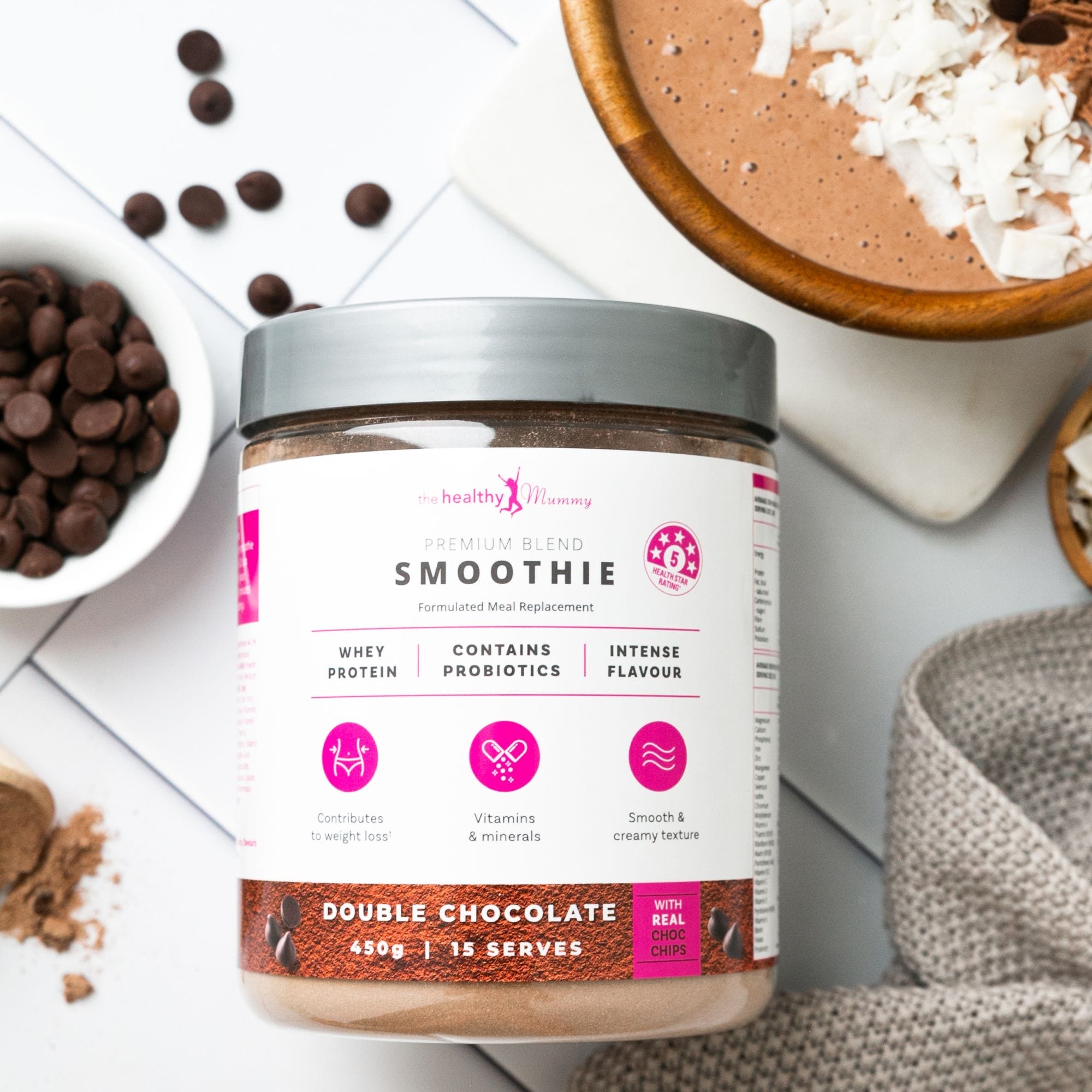Stretch Marks in Pregnancy
Stretch marks are small streaks that appear on the skin when it is forced to stretch quickly when your body expands.
They appear most often on the lower abdomen when the belly is forced to expand to accommodate a growing baby, although some women will find stretch marks on their buttocks, hips and upper thighs.
Stretch marks start out purple, brown or red in colour and then over time, they will fade to a silvery colour that matches your skin tone. However, they will never totally disappear.
It’s hard to predict exactly how many women will get stretch marks. More than half of pregnant women will get stretch marks, and it’s thought that young mums, especially teen mums, are more prone to getting stretch marks than older mums.
You’re also more likely to get stretch marks if your mum or sister got stretch marks during their pregnancy. If you’re having twins or multiple babies, carrying a big baby or if you’re carrying a lot of amniotic fluid, you are also more likely to get stretch marks as your skin has to stretch and expand much more. The faster your skin has to expand, the more stretch marks you are likely to get.
Unfortunately, even if you rub creams and lotions into your tummy, it’s very difficult to prevent stretch marks during pregnancy. Creams that are applied to the skin are applied to the external layer of skin – they will not penetrate into the layer of skin underneath, which is the part that stretches. No matter how well the product claims to reduce stretch marks and to reduce your risk of getting them, there is no evidence to support the claims that any of these products make. However, if you find something that works for you, stick with it.
Tips on reducing stretch marks
Although creams and oils are not proven to be that overly useful reducing stretch marks, there are some steps you can take to reduce your risk of getting stretch marks. Try not to gain too much weight during pregnancy – around 12-14kg is considered normal. Gain more than this and you are likely to develop stretch marks.
Equally, try not to gain weight too quickly as the quicker you gain weight, the more likely you are to stretch the skin and cause stretch marks – so aim for slow and steady pregnancy weight gain
You should also keep your sodium intake relatively low. Taking in a lot of sodium, or other processed foods, can cause you to retain fluid. Fluid retention can cause you to develop stretch marks as it can cause you to be heavier. Drink at least 8 glasses of water per day, so that you stay well-hydrated.
This will help to stop your skin from drying out and will also keep it soft and supple as well as keeping your nourished from the inside with supplements like fish oils which can help your skin stay supple and provide brain boosting benefits to your baby. If you like, use moisturisers or a blend of essential oils and grapeseed oil to massage your bump – this will help you to bond with your bump and will also help you to develop a positive attitude towards your stretch marks.
It’s worth noting that you need to be careful when using essential oils as some of them are harmful to use during pregnancy. Try using your favourite moisturiser or simply grapeseed oil on its own – Bio Oil also has a very good name in this arena.
After pregnancy, your stretch marks will fade in colour – this will take about 6-12 months. They will fade and will blend in with the rest of your skin in terms of colour – however, they will stay the same in texture. If the texture of them really bothers you after pregnancy, it may be worth speaking to your doctor to see if they can refer you onto a dermatologist.
There are a variety of treatment options to minimise the appearance of stretch marks once they have appeared, compared to the treatments available before they develop and whilst they are developing. There are a few topical medications, such as Retin-A and glycolic acid – however, these treatments are not safe to use during breastfeeding and so you will have to wait until your baby is being bottle fed instead of breastfed.
Laser treatments are also available to reduce the appearance of stretch marks and to improve the skin’s elasticity – this will help with the texture of the stretch marks and will help your skin to feel suppler. However, laser treatments are expensive and at the moment there isn’t much research to suggest exactly how effective laser treatments are. Stretch marks are also considered a cosmetic issue, so most medical insurance will not cover laser treatments.
Many women find that they come to terms with their stretch marks over time. Learn to love your body and remember that you have your stretch marks for a reason – a beautiful baby!





